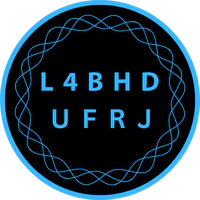Technological changes and innovations have always stimulated shifts in social relations and, simultaneously, evolved from specific forms of social organization that regulated their uses. In recent decades, we have witnessed the rapid spread of digital information and communication technologies (DICTs). This has been altering various aspects of life in society, such as the relationship between time and space; creating new forms of consumption; establishing new parameters, possibilities, and forms of regulation and control of social relations; new ways of searching, sharing, and indexing information and knowledge; and profound changes in how we conduct science.
Currently, all major universities worldwide have digital humanities laboratories. Notable examples include the Yale University Library Digital Humanities Laboratory (DHLab), the Center for Spatial and Textual Analysis (CESTA) at Stanford University, and the Centre for Digital Humanities—a collaboration between the University of Amsterdam, Vrije Universiteit Amsterdam, and the Royal Netherlands Academy of Arts and Sciences. Generally, these initiatives provide space and resources for researchers to work with digital methods to explore humanistic questions.
